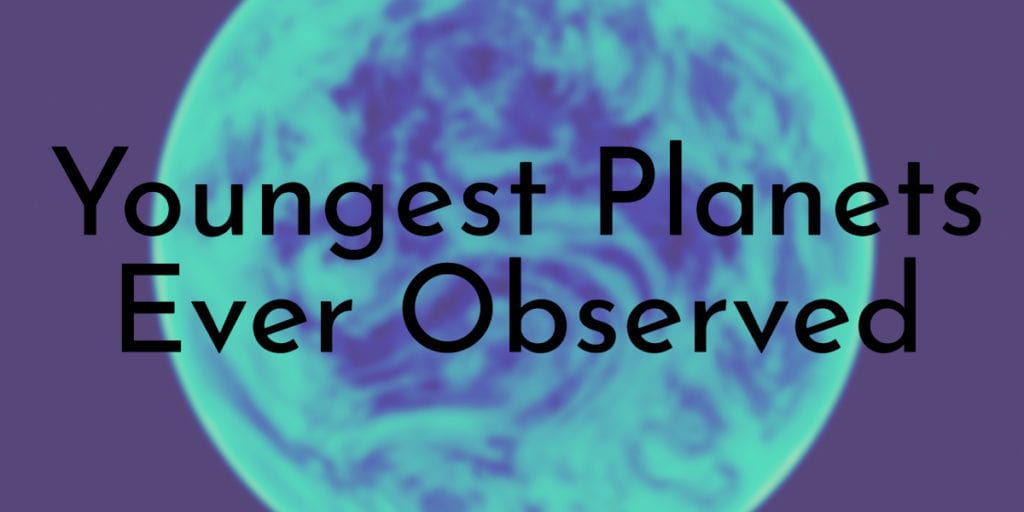The Earth formed approximately 4.6 billion years ago, together with the Solar System. This may sound like an eternity to you, but considering that the universe is 13.7 billion years old, it is not that much.
But some planets are way younger than the Earth.
Detecting them can be difficult, but, especially in the last few years, we managed to gather enough data to spot an infinity of small celestial bodies, some of which are incredibly young! This is why we decided to make a list of the youngest ones ever observed. In total, we found four baby exoplanets, a term referring to planets outside of our Solar System.
As this is not much, we decided to also list four young celestial bodies located in the vicinity of our Solar System. At the moment, we know a total of 5,017 exoplanets, only 97 of which are within 10 parsecs (32.6 light-years) from our Sun. You will find the four youngest ones in the list below!
Youngest Planets Ever Observed
4. Beta Pictoris b
Age: 10 million years old
Constellation: Pictor
Discovered In: 2008
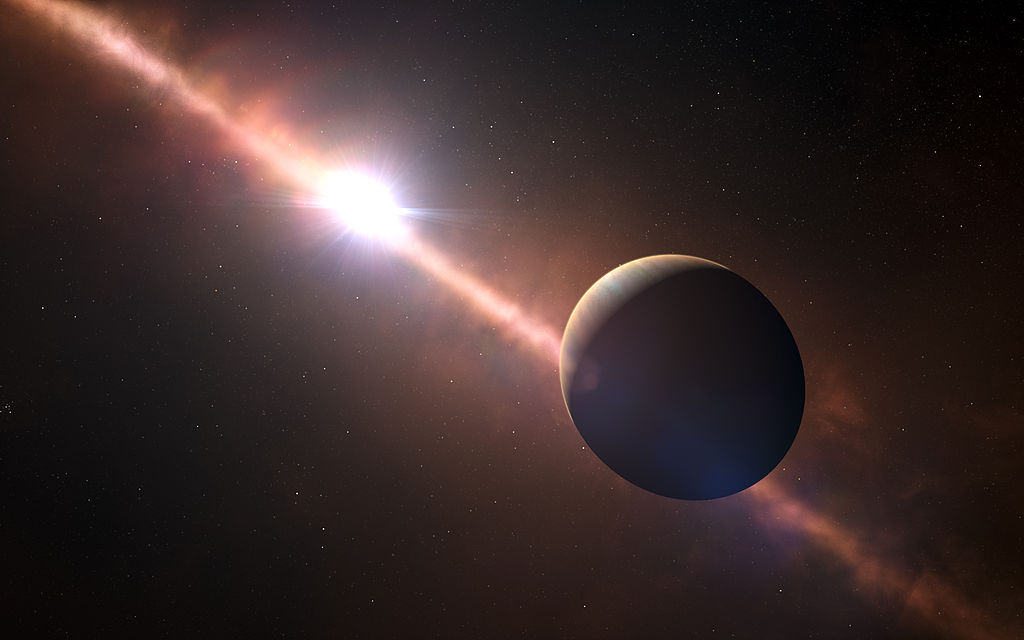
Beta Pictoris b was discovered in 2010 and according to researchers is ten million years old. This planet orbits the star Beta Pictoris about 63 light-years away from the Earth. Beta Pictoris b is located in the constellation of Pictor in the Southern Celestial Hemisphere.
The mass of this planet is roughly 13 times the one of Jupiter, while its radius (the distance between its center and surface) is only double, compared to Jupiter.
Beta Pictoris b takes 21 years to completely orbit its star while its rotation period is 8.1 hours. At the moment, Beta Pictoris b is the fastest-spinning planet known to us. This was the first time we succeeded in calculating the rotation period of a planet outside of our Solar System.
Did You Know?
Beta Pictoris b is so bright that it is clearly visible from our own planet despite the distance.
3. K2-33b
Age: 9.3 million years old
Constellation: Scorpius
Discovered In: June 21, 2016
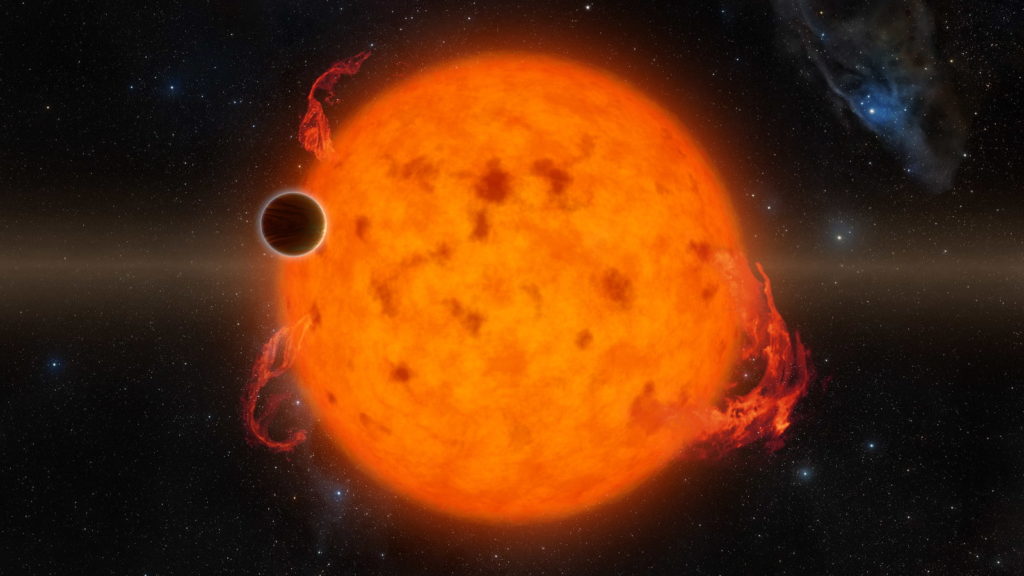
K2-33b is estimated to have an age of approximately 9.3 million years. According to this data, this planet probably formed when the Earth was at the end of the Miocene period.
K2-33b is a super-Neptune exoplanet, meaning that its mass and diameter are larger than the ones of Neptune.
K2-33b is located about 456 light-years away from the Earth, in the constellation of Scorpius. It was discovered on June 21st, 2016, by NASA’s Kepler spacecraft during its second mission.
This exoplanet takes about 5.4 days to complete a full circle around its star, known as K2-33. The distance between this star and its planet is 0.049 AU. This is about ten times closer than the distance between Mercury and our Sun. Scientists still struggle to explain how planets with such a big mass can end up orbiting so close to their stars.
Did You Know?
According to scientists, K2-33b receives 125 times more sunlight than our Earth.
2. 2M0437b
Age: 2 to 5 million years old
Constellation: Taurus
Discovered In: March 2018
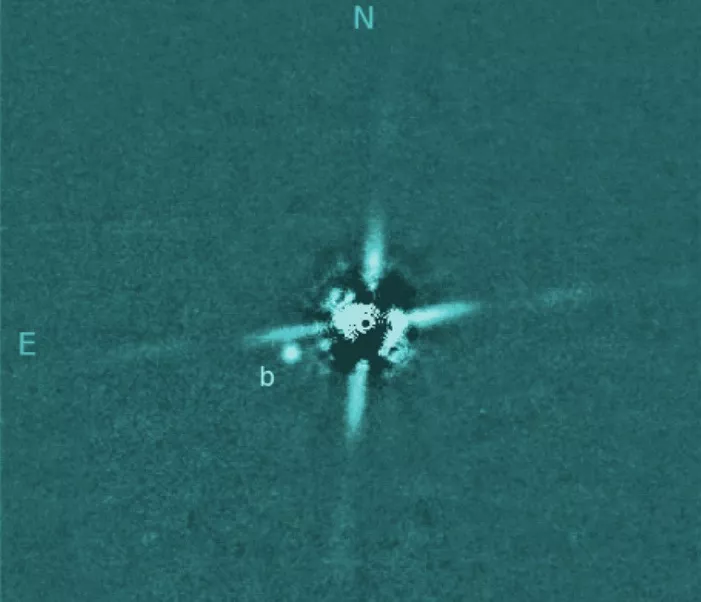
2M0437b is one of the youngest planets ever observed. Astronomers believe it formed approximately two to five million years ago.
It was first detected in March 2018, through the Subaru Telescope. This telescope is located on the top of Maunakea Volcano in Hawaii, even though it belongs to the National Astronomical Observatory in Japan. Despite the early observations, it took three years to confirm that 2M0437b was, in fact, a planet and not a background star.
This extrasolar planet is located in the constellation of Taurus and orbits around a red dwarf. 2M0437b is a super Jupiter-type planet, meaning that it has a mass roughly four or five times bigger than the one of Jupiter. This planet has a distance of about 118 AU from its star, equal to 118 times the distance between the Earth and the Sun.
Did You Know?
Scientists believe that 2M0437b is still so young that its soil is currently as hot as lava.
1. V830 Tauri b
Age: 2 million years old
Constellation: Taurus
Discovered In: June 20, 2016
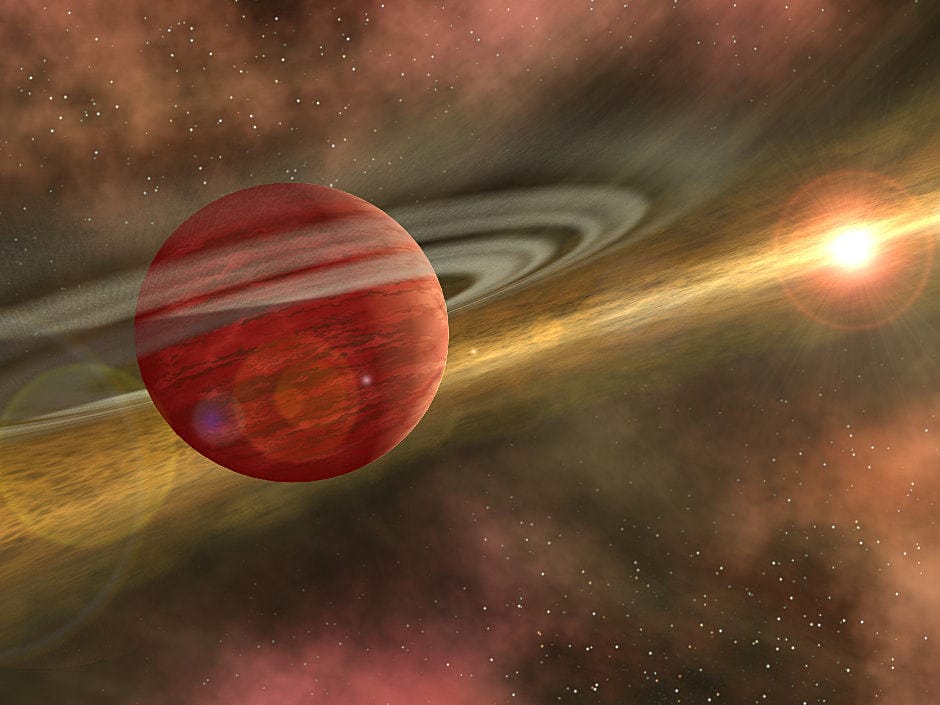
V830 Tauri b is currently the youngest known planet as it’s only two million years old. This planet orbits the T Tauri star known as V830 Tauri. T Tauri stars are a class of stars found close to molecular clouds less than ten million years old. In particular, V830 Tauri is only two million years old and is about 427 light-years away from the Earth.
The V830 Tauri system is located in the constellation of Taurus and has only one planet known to us, V830 Tauri b. This exoplanet takes less than five days to orbit its star and is classified as a hot Jupiter. This means that even though it is physically similar to Jupiter, it orbits way closer to its star. In fact, the length between V830 Tauri b and V830 Tauri is only 0.057 AU, approximately a seventh of the distance between Mercury and the Sun.
Did You Know?
V830 Tauri b was discovered on June 20, 2016, just one day before astronomers found K2-33b.
Youngest planets close to our solar system
4. Epsilon Eridani b-c
Age: 800 million years old
Constellation: Eridanus
Discovered In: August 7, 2000
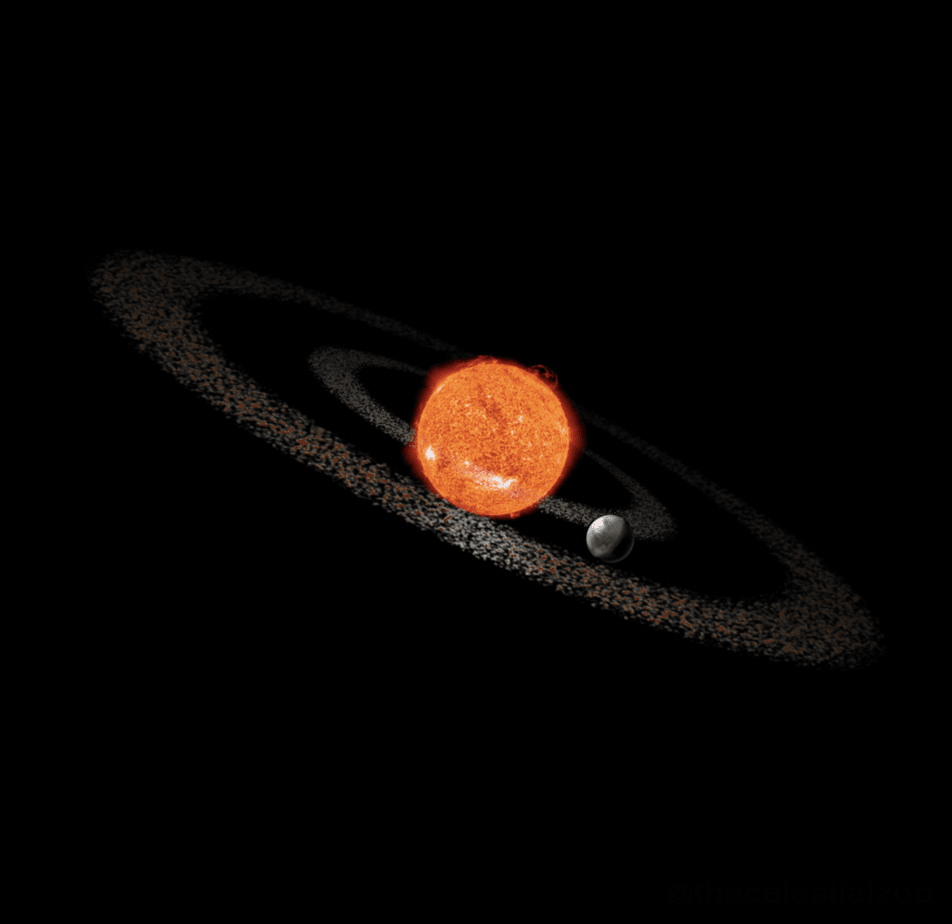
Epsilon Eridani b and c are two planets orbiting around a star in the southern constellation of Eridanus. This star is about 800 million years old, meaning that its planets have roughly the same age or are even younger.
Epsilon Eridani b is considered a Jupiter-mass planet, while its sibling, Epsilon Eridani a, is a low-mass planet. Their star has a mass of 0.82 solar masses and a temperature of roughly 5,084 kelvin.
The Epsilon Eridani system has been known for centuries and it first appeared in Claudio Ptolemy’s astronomy catalog, in the 2nd century AD. This catalog contained more than a thousand stars. Epsilon Eridani also appeared in several medieval Islamic astronomical treaties frequently based on Ptolemy’s studies.
This star and its planets are the 13th-nearest systems to our Sun. Thanks to this proximity, Epsilon Eridani has been part of numerous studies.
This star can be seen by the naked eye, but only in favorable circumstances. For instance, it would be hard to spot it in urban areas due to the light pollution.
Did You Know?
Epsilon Eridani is particularly popular in Science Fiction. In fact, it was mentioned by two of the most famous science fiction writers: Isaac Asimov and Frank Herbert. This system also appears in an episode of the popular tv series Babylon 5.
3. Gliese 176 b
Age: 560 million years old
Constellation: Taurus
Discovered In: 2008
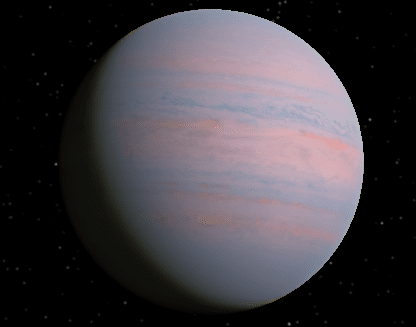
Gliese 176 is a red dwarf located in the constellation of Taurus. This star is roughly 30 light-years away and in 2008 scientists discovered that it was orbited by a planet.
The planet was given the name Gliese 176 b, following the nomenclature rules. Similar to its star, Gliese 176 b is approximately 560 million years old.
This planet is classified as a Super-Earth. This term refers to the planet’s size which is bigger than the Earth’s one but still way smaller than the ice giants in our Solar System.
Gliese 176 has a temperature of 3679 kelvin and a mass of roughly 1030 kg.
Did You Know?
Scientists believe that Gliese 176 is probably mainly composed of solid rocks. But there is also a high chance that this planet has a thick gas atmosphere.
2. Wolf 359 b and c
Age: 100-350 million years old
Constellation: Leo
Discovered In: 2019
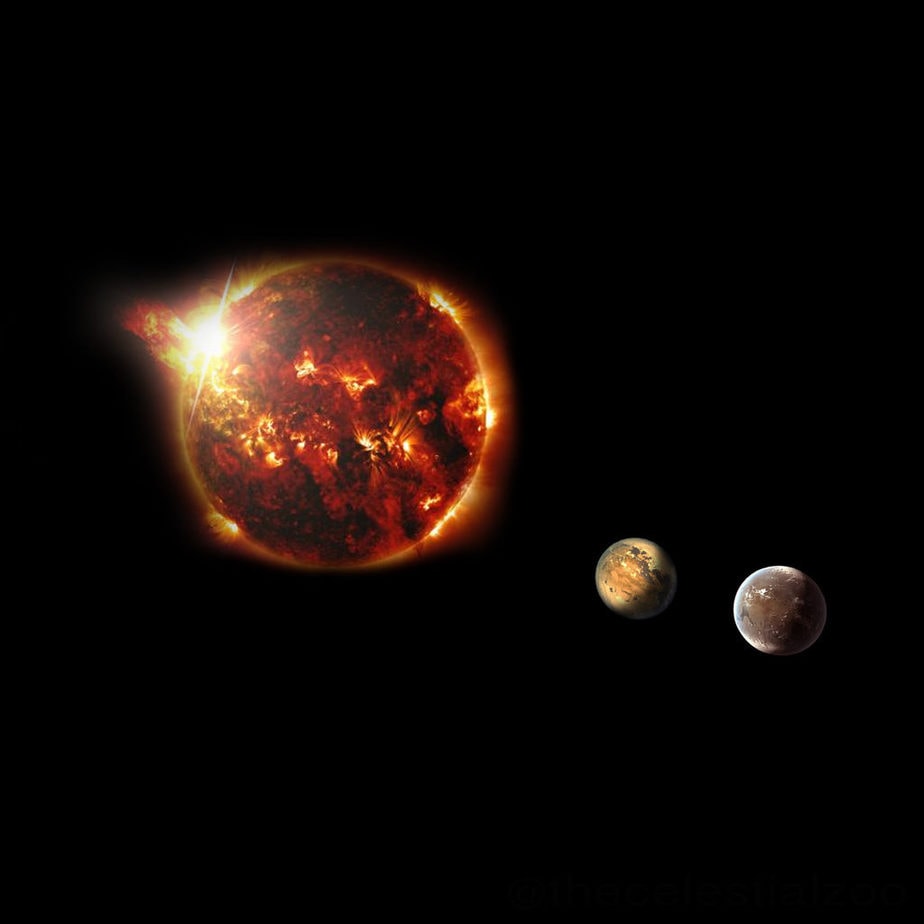
Wolf 259 b and c are among the youngest planets close to our Solar System. They rotate around a star that formed roughly 100-350 million years ago and therefore have a similar age.
These planets were first observed in June 2019 by a team of astronomers led by Mikko Tuomi. Wolf 359c the inner planet is probably inhabitable as it receives three times more stellar radiation than the Earth.
Wolf 359 is the fifth star in terms of proximity to our Sun and is pretty small. In fact, this star has a mass of about 9% that of the Sun. Its luminosity is also scarce as it emits only 0.1 percent of the Sun’s energy. To give you an idea, if we were to replace the Sun with Wolf 259, it would appear about 10 times brighter than the full moon.
This system is located in the constellation Leo in the Northern celestial hemisphere. Unfortunately, Wolf 259 cannot be seen by the naked eye, but only through large telescopes.
Did You Know?
Wolf 359 is so small that it can barely perform hydrogen fusion through the proton-proton chain reaction.
1. Gliese 49 b
Age: 250 million years old
Constellation: Cassiopeia
Discovered In: 2019
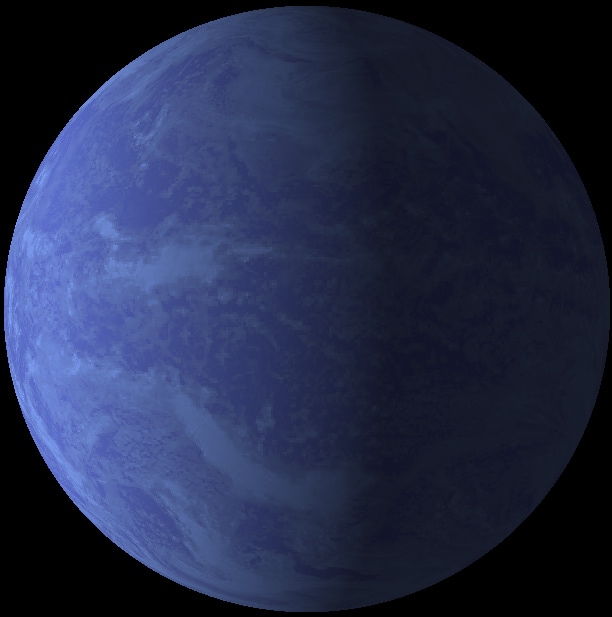
Gliese 49 b is the youngest planet close to our Solar System as it rotates around a star that formed roughly 250 million years ago.
Gliese 49 is a star in the constellation of Cassiopeia. We currently have evidence for only one planet orbiting this star, Gliese 49 b. Similar to Gliese 176 b, this is a super-Earth. It was detected through the radial velocity method and from what we know it has a mass roughly 5.5 times bigger than the one on our planet.
Gliese 49 is 32.1 light-years away from our Solar System and unfortunately cannot be observed by the naked eye. This star has in fact an apparent visual magnitude of only 9.56, meaning that it has a luminosity of about 4.9% that of the Sun.
Did You Know?
Gliese 49 is slowly drifting toward our Solar System.


